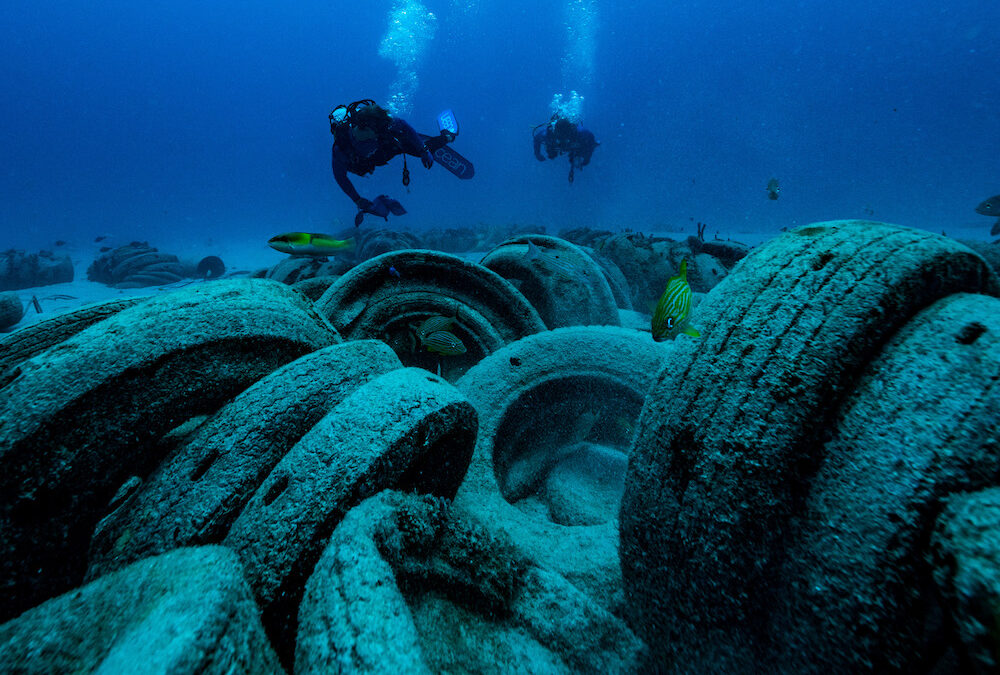
A plan to put some money and momentum toward cleaning up a tire dump off Fort Lauderdale is ready for Gov. Ron DeSantis’ signature as the Senate agreed with the House language to handle the problem on Osborne Reef.
“Those reefs are critical, certainly. When you have a storm come, those reefs provide a barrier for the municipalities and the residents in that area,” Hialeah Gardens Republican Sen. Bryan Ávila said when the bill came up in the Senate Committee on Appropriations.
There were no questions and no debate as the legislation had its second and third readings on the Senate floor.
Under the theory it would be beneficial, a project went forward decades ago at Osborne Reef, dumping around 2 million tires lashed together with ropes and secured with metal clips. It was a disaster. The ropes broke and clips gave out as storms and natural action of the sea took their toll.
Subsequently, the tires scattered, causing serious damage to nearby corals and marine habitat.
The state became involved in 2002, with work going in fits and starts over subsequent years. As of August 2016, some 207,000 tires were removed. This bill is meant to provide the momentum to finish the job.
“Tires as reefs were appealing for two reasons,” according to a House staff analysis. “First, during the 1960s and 1970s used tires were accumulating in landfills after restrictions on other disposal methods were imposed. Second, by grouping large numbers of tires together, it was thought that the openings would provide shelter for fish and other species.
“However, tires have a certain amount of buoyancy that causes them to move and break loose of their restraints, and their surfaces are more attractive to a limited range of algae rather than coral and other more beneficial reef organisms.”
The Department of Environmental Protection (DEP) would have to submit a report to the Legislature detailing the condition of the remaining Osborne Reef structure, any steps taken toward restoration, the number of tires retrieved, the number of tires remaining underwater, and the estimated timeline for the project’s completion.
“Several programs have attempted to remove the tires,” according to a Senate staff analysis.
“For example, in 2001, a small tire retrieval program was conducted by Dr. Robin Sherman of Nova Southeastern University with a $30,000 grant from the National Oceanic and Atmospheric Administration (NOAA). Approximately 1,600 tires were retrieved at a cost of over $17 per tire. Due to the magnitude and cost of such projects, however, most of the tires have not been removed.”
DEP would also need a comprehensive restoration plan developed by July 2024. Department staff estimate in-water assessments for the restoration plan will take six to nine months and cost around $500,000.
